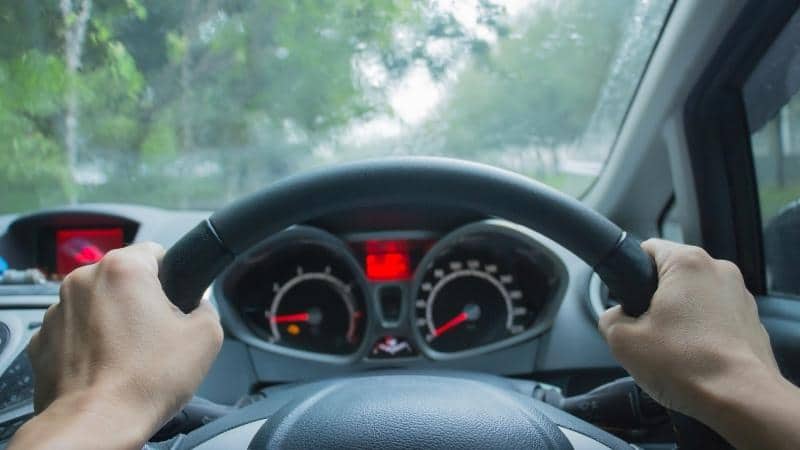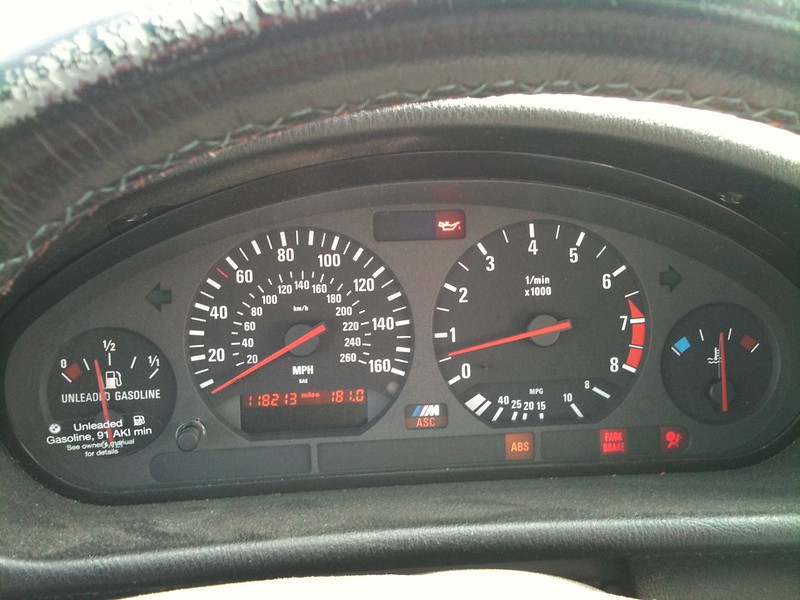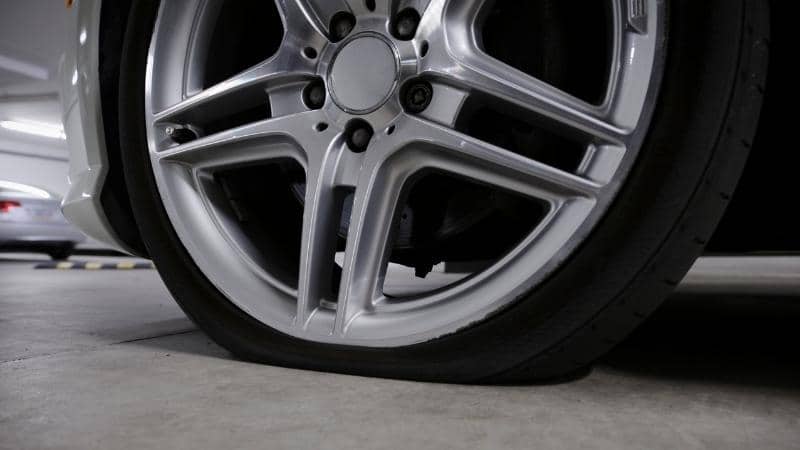It is common knowledge that keeping the right tire inflation pressure will ensure longer tire life, fuel efficiency, vehicle safety, and lower operating costs. So what will happen to a vehicle with uneven tire pressures? and how can the problem be fixed?
When one or many of a vehicle’s tires are under- or over-inflated; handling, cornering, and stopping will all be negatively impacted. The tire(s) will also start to wear quickly, and different parts of the tread will abrade away irregularly. Fortunately, fixing an uneven tire pressure is quite simple, and it’s just a matter of setting the tire to the manufacturer’s recommended tire pressure.
In this article, you will discover why you shouldn’t drive with tires that are not properly inflated, the signs of uneven tire pressure, and how to adjust your tire pressure.
What Are the Signs of Uneven Tire Pressure?
If you notice any of the signs listed below, you must check your tire pressure immediately or take your car to an auto shop to have it checked out:
Steering Problems

Uneven tire pressure will delay the response time of the steering wheel, and make steering the vehicle smoothly more difficult.
You may notice that your vehicle is taking longer to turn, swaying into corners, or that maneuverability just feels odd. If you are no longer able to steer your vehicle smoothly in a given direction, accidents that are otherwise avoidable may occur.
Uncomfortable Rides and Vibrations
Stiffer tires will ensure you feel even the smallest bump on the road, unlike properly inflated tires that will absorb much of the shock. This is particularly applicable when you are driving with over-inflated tires.
The tire imbalance can also cause vibrations that will affect the entire cabin of your vehicle. Half an ounce difference in the recommended pressure of a tire is enough to cause noticeable vibrations in the steering wheel.
Bad Fuel Economy
Unbalanced tires put more stress on the engine of your vehicle causing it to work harder just to keep the car in motion. As a result, the engine will consume more fuel than usual to sustain its operations.
The fuel economy rating of your vehicle was calculated with the assumption you are using properly inflated tires, and if you notice you are using up fuel faster than usual, check your tires.
Defective Electronic Systems

Many of the electronic stability control systems on your vehicle are designed to work when the tires are filled with the correct amount of air.
If your tires are not properly inflated, you will start to notice that systems like the ABS (anti-lock braking system) will start to pick up incorrect signals from your tires and control your vehicle in ways that are different from what you are used to.
Uneven Tire Wear
Uneven tire pressure will cause irregular tire wear across the different parts of the tire tread. If the tire is under-inflated, the two sides of the tread will be more worn out than the center, while the center will be more worn out than the two sides if the tire is over-inflated.
Uneven tire wear increases the possibility of an accident-causing tire blowout. You must visually inspect your tires regularly to check if your tires are not too worn out.
TPMS (Tire Pressure Monitoring System) is Showing
The purpose of the TPMS system is to warn you if the pressure of one or more of your tires is too low resulting in unsafe driving conditions. The TPMS indicator on your dashboard is the yellow symbol in the shape of a horseshoe with an exclamation point, like this:

If the light comes on, check the pressure of all your tires and rectify the pressure loss in the affected tires. If the light stays on, visit an auto repair shop or a tire shop.
Should You Drive with Uneven Tire Pressure?
We do not recommend driving with uneven tire pressure since the overall health of your tires affects your driving. Proper tire inflation distributes the weight of the vehicle evenly across the tire tread to optimize the distribution of acceleration, braking, and cornering forces in the tire tread. If the tire pressure is too low or too high, the tire tread will not be optimized to do the job it was meant to do.
An under-inflated tire will not respond as quickly as a properly inflated tire, it will also flex more when you are cornering or stopping, generating an excessive amount of heat that will gradually damage the tire.
An over-inflated tire will be more susceptible to losing traction because the excess air pressure will deform the shape of the tire. The tire will have a lesser contact patch with the road and it will be stiffer causing the vehicle to not react as quickly as you want in response to road hazards like potholes and speed bumps.
Ultimately, driving with uneven tire pressure will compromise your safety and that of your loved ones. The variety of issues can cause a tire blowout which can lead to the loss of control of your vehicle endangering yourself and others on the road.
With all this said, some car manufacturers actually recommend different tire pressures between the front and rear tires. You can read more about that here.
How Do You Fix Uneven Tire Pressure?
Here is how to go about it:
- Find the recommended tire pressure for your vehicle by checking the driver’s side door jamb of your car and be sure to write it down
- Make sure your tires are cold by giving them at least three hours to cool down after being used
- Remove the cap from your tire valve
- Place your pressure gauge in the valve stem and write down the reading
- Compare what you got to the recommended tire pressure
- If the pressure is too high, use a screwdriver to press the metal pin in the center of the valve stem to release the excess air
- Recheck the tire pressure with your gauge and make adjustments till the tire is properly inflated
- If the pressure is too low, use an air compressor to fill the tire to the recommended pressure
- Gauge the tires again and adjust if you mistakenly overfilled your tires
- Replace the valve cap
Conclusion
It is clear that driving with uneven tires is a bad idea, and you can minimize any possible danger while driving by checking your tire pressures at least once a month.
Simply paying attention to the details of tire pressure balance can help preserve the life of your tires and keep your vehicle in good operating condition.
Want to learn more about the signs of over-inflated or under-inflated tires? Check out this post.
Hi, my name is Niklas, the head content creator & CEO of Whirling Wheelz. I am very interested in vehicles of all kinds, mainly cars. I have a car mechanics degree from high school and a big hobby of mine is to follow the WRC (World Rally Championship) both online and through travel.


